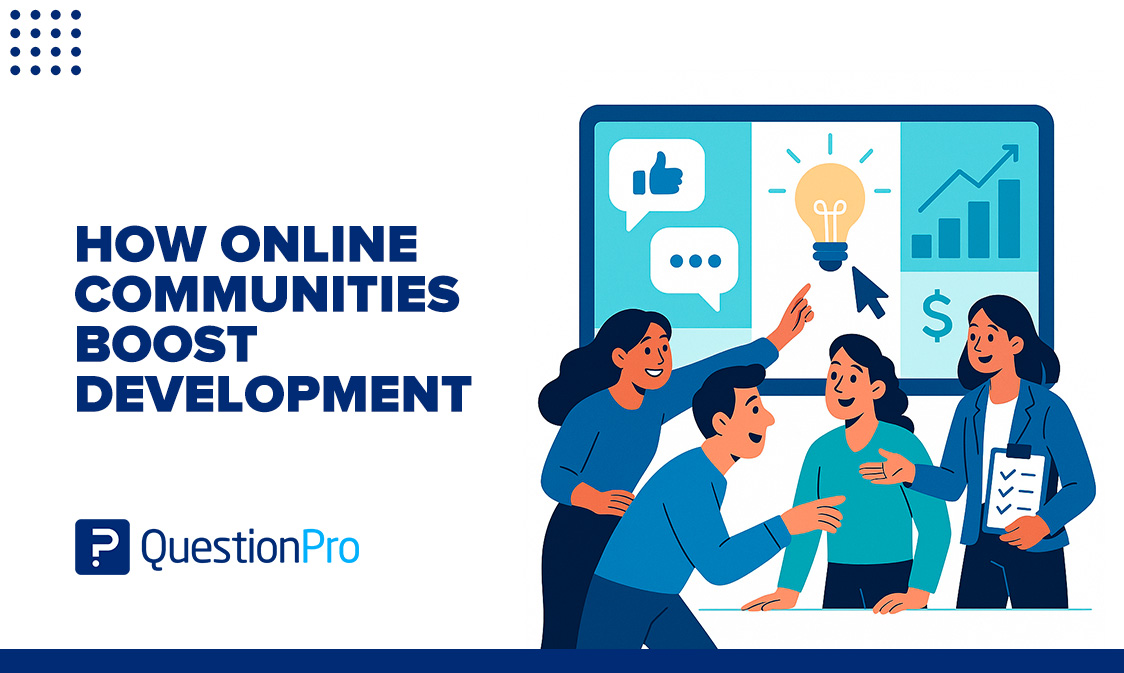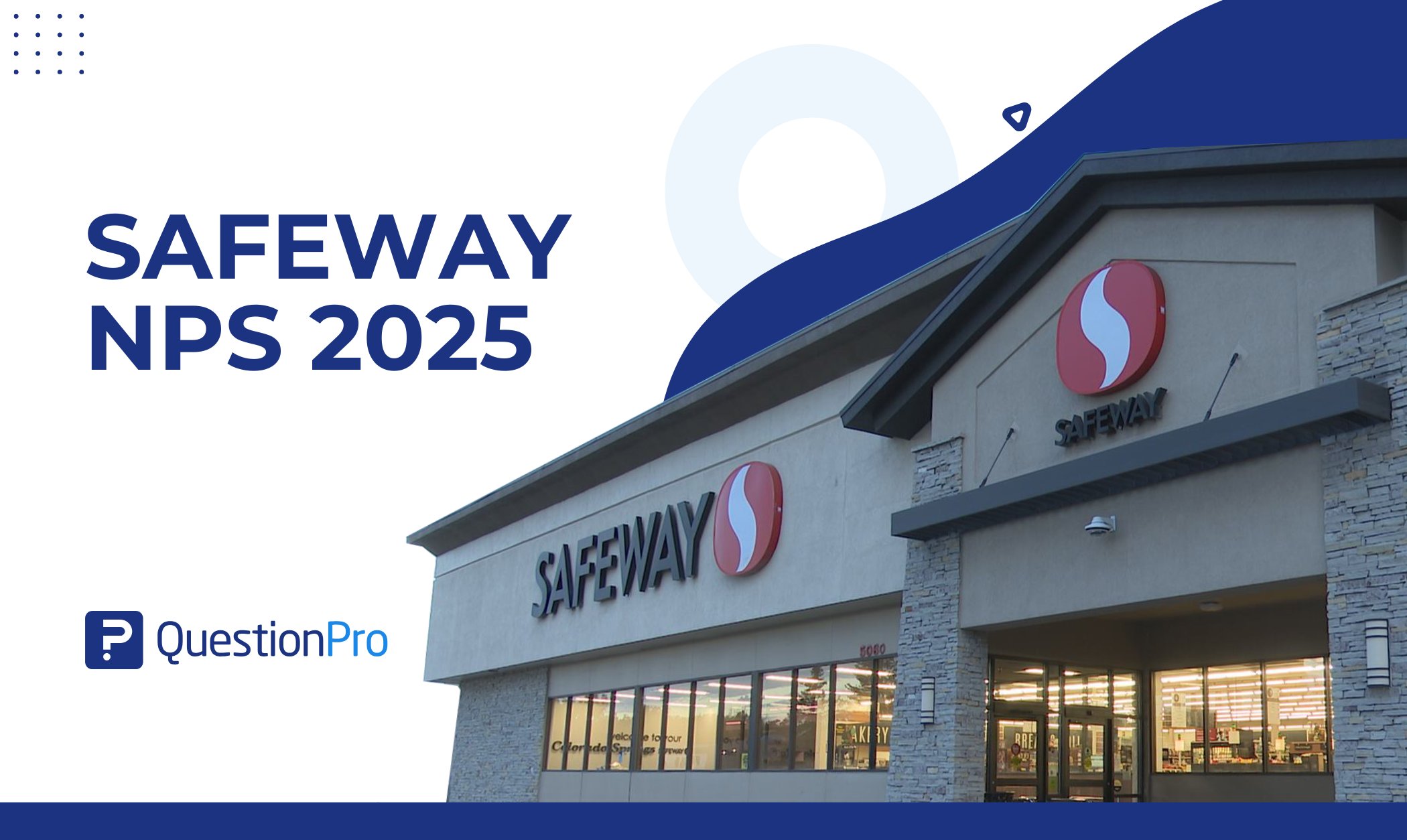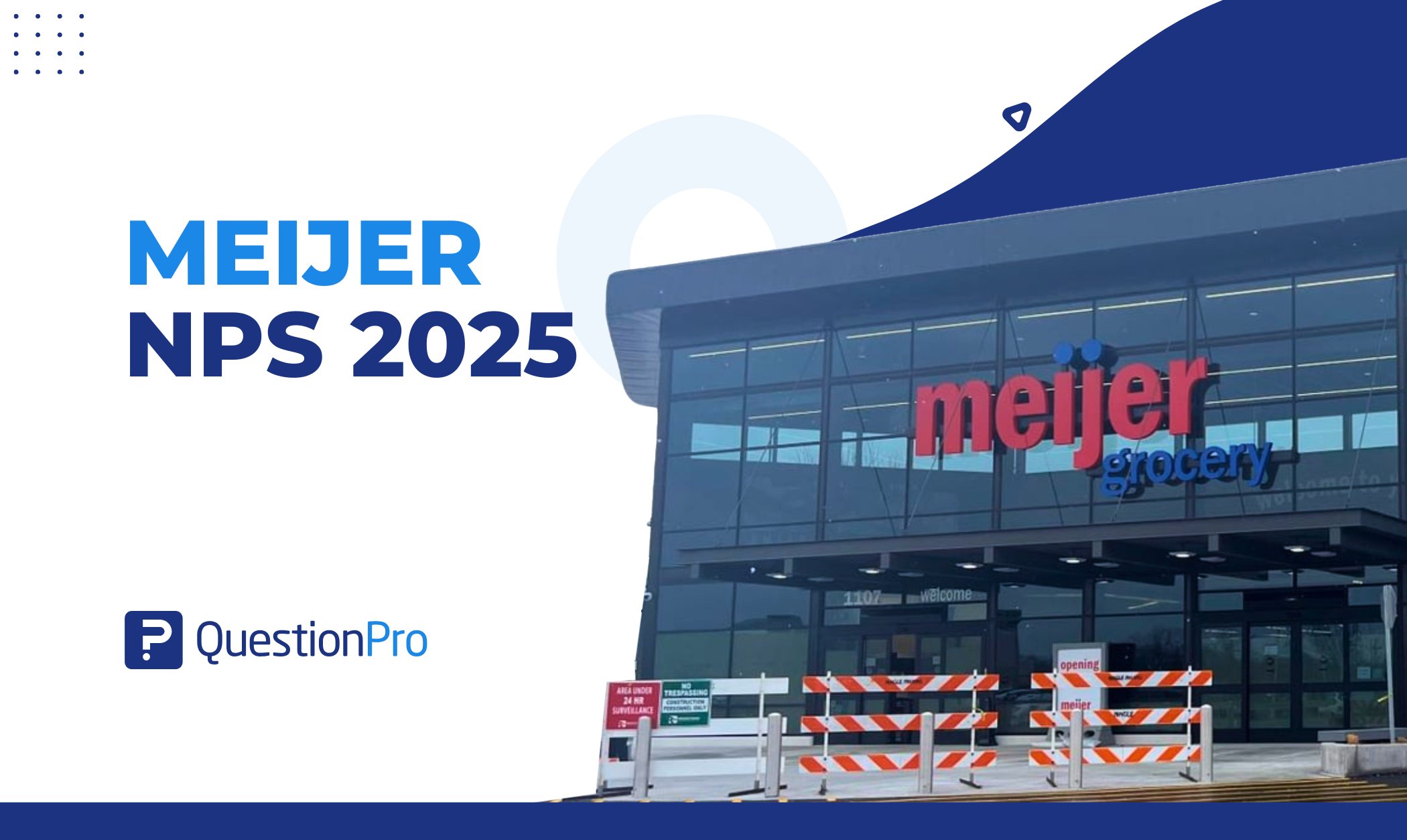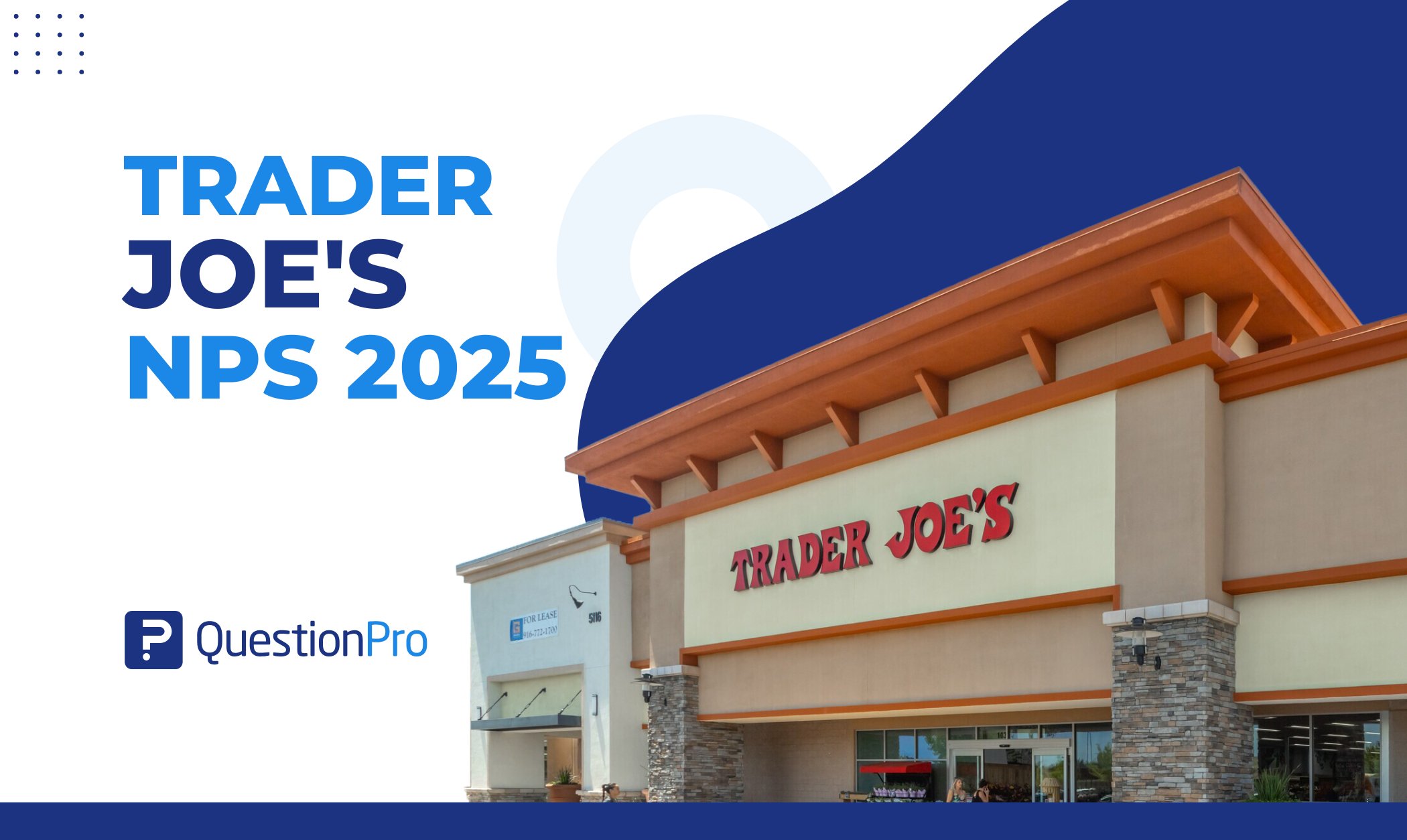
Welcome to this edition of TCXT, where Ken Peterson, Director of QuestionPro CX, shares insights from everyday moments that shape CX. Keep reading to discover that while CX covers the entire journey, UX plays a key role in shaping perceptions.
Anyone who reads me frequently knows that I travel quite a bit. This frequent travel gives me ample opportunities to be a part of many customer experiences and even observe many more. There are so many places an experience can go well: great service from a flight attendant, an upgrade in seat or car, an early arrival. In the opposite direction, there are many places that can go wrong, from flight delays, missed connections, agents without empathy, and so many more problems. However, the context of my observations about customer experience today has to do with my new suitcase.

Indeed, I must be talking about the purchase process or a warranty issue, right?
No, I’m speaking about the way I use the suitcase. As I was awaiting a connection, I tried to throw my sweatshirt into the suitcase and close it up – and the zippers would not align and close all the way. It took me a few attempts to re-fold the clothing article and position it correctly to make it fit so the zippers would align. Why is this relevant to customer experience? Because User Experience is part of the customer experience.
The Customer Experience encompasses the entire journey that any customer has with a brand—it covers all the touchpoints. While we often think about customer experience as including every interaction, from initial awareness to post-purchase support, we also need to focus on the overall perception and emotional response a customer has toward a company and its products.
User Experience is a part of that journey.
The user experience focuses on that user’s interaction with a specific product or service. It may be about the usability, accessibility, and overall satisfaction of that particular interaction. Ultimately, it deals with how easy and enjoyable it is for a user to accomplish a specific task. That certain “task” might just include zipping up the suitcase.
While it is easy to overlook these more minor interactions – these are the ones that will create a lasting impression on a day-to-day basis. Even when it comes to our QuestionPro software, where we like to emphasize our focus on the customer and our service interactions, most of the impression of our software will come down to how easy it is to use, particularly the self-service features of our software.
We could provide the best service ever, but if the customer feels they should be able to make a change or an update easily in their program but ends up having to call upon a client success representative every time, it will impact their overall experience with our software – even when our reps respond within the hour. It will impact their overall satisfaction, it would impact their customer effort score and the likelihood of recommending our tools to other colleagues. Fortunately, we have one of the most intuitive survey tools available in the market today, so often, it is in more advanced topics where we have to be very particular about how we set things up.
When we think about all the puzzle pieces in the customer experience touchpoint puzzle box, we need to view UX as one of those touchpoints. Every time a customer interacts with a company’s website, app, or any physical product, that interaction is a customer experience touchpoint within their overall customer journey. The quality of that user experience directly impacts the customer’s perception of the brand which is why automotive manufacturers constantly run vehicle quality studies throughout the lifecycle of vehicle ownership. It will have an impact on overall satisfaction, whereas a poor user experience can lead to frustration, dissatisfaction, and, ultimately, a negative customer experience rating and view. However, a great user experience can contribute conversely to a positive customer experience and can engender loyalty.
This Thursday, I will be speaking at XDay LATAM 2025 about the Total Experience. That, of course, includes the Customer Experience and the Employee experience as the two big topics. But if you want to measure the holistic customer experience across the entire journey, you must aim to provide a seamless and positive experience across all interactions—which includes the User Experience. Hence, the user experience is a part of the customer experience.







